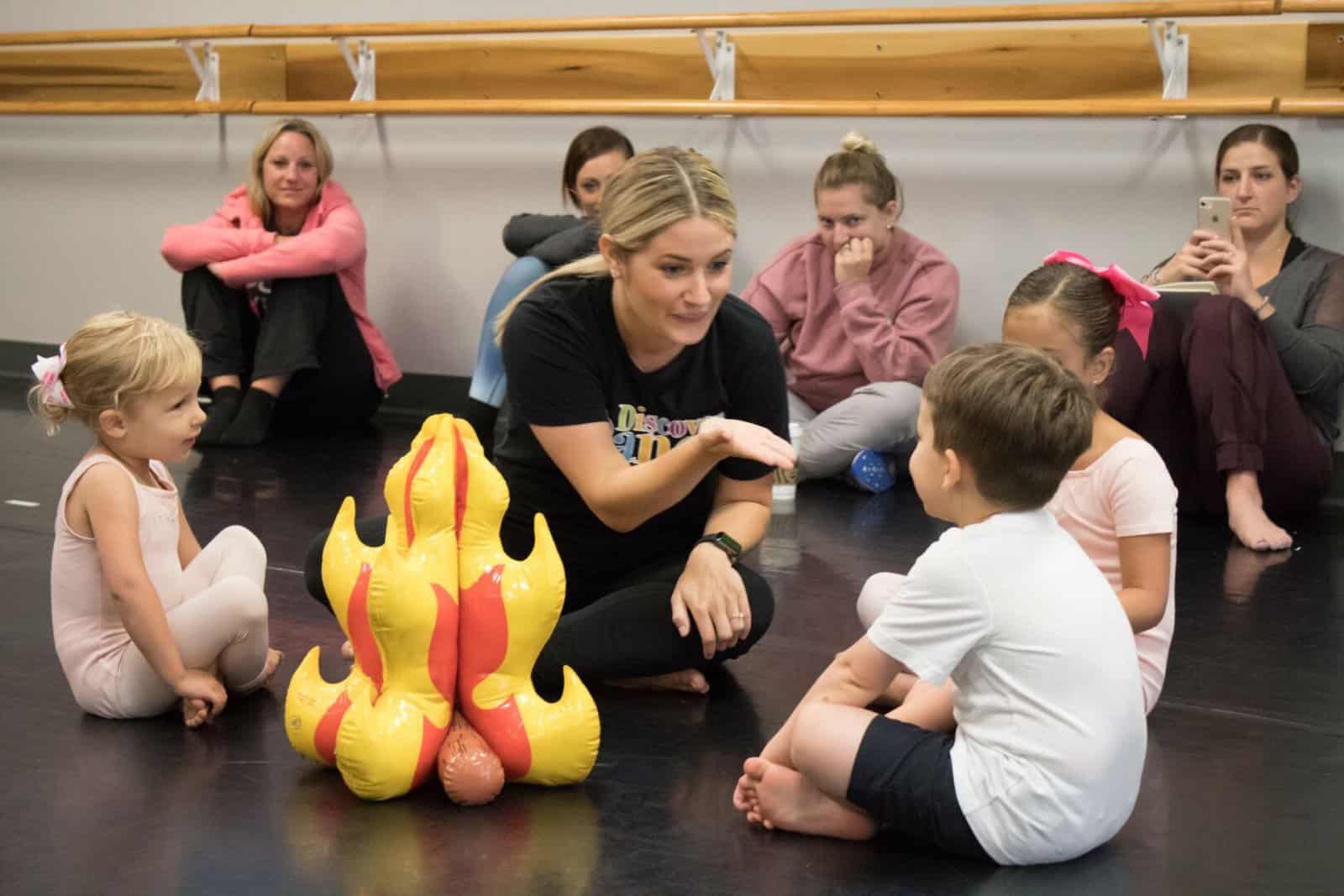What to Teach When You Don’t Feel Like Teaching

We’ve all been there. It’s dance day and you just don’t feel like teaching. Perhaps you’re not feeling well, you have had a rough day, or you are working through an injury. You know your dance families are counting on you. Your studio owner is depending on you. There is no time to get a sub. Not to mention, you can’t financially afford to miss a whole night of work. So, you have no choice, but to go. Or, perhaps, you want to go but an injury is preventing you from teaching at your normal 100%. Teaching when we don’t (or can’t) teach to our fullest is especially hard when we have a classroom full of little ones waiting for us to sing, play, and dance along with them. I recently had a teacher reach out with this concern. She had to teach a preschool class with an injury and was worried about how it would go. Here are the tips I shared with her. If you ever find yourself in this same situation, bookmark this post and revisit when needed.
Your Students Care About You
The first thing to remember is that your students care about you. When you share how you’re feeling, you invite empathy to grow. This allows relationships to develop on a deeper level. You are also modeling the importance of sharing feelings and not keeping them held inside. Begin by explaining to them that you hurt yourself and you need their help during class. There is no need to go into details and remember to always make the conversation developmentally appropriate for the age group.
As a class, create a vocal, musical, or movement cue that you will perform if you need to reel them back in from off-track behavior. Practice the signal a few times before getting class started.
Vary What You Can
If there are certain activities you know your class will not be able to complete without your full participation, think about how you can vary those activities before heading into class. Instead of a lively warmup on tape marks or through general space, can you warm up in a seated circle? Instead of teaching a combo, can you read a story and the dancers perform the story as you read? Or, can you show movement cards that prompt creative movement explorations or flash cards that test dance vocabulary?
Let the Music Teach
Consider adding more directive (follow-along) songs that your class can perform for you, while you are the audience. Take this opportunity to speak about theater etiquette and what it means to be a good audience member. You can even split the class into two groups to perform for each other so they can practice their audience skills too.
Let the Students Lead
Lastly, let your students lead. Back to the warm up, can you give each student a turn to lead the class through their chosen warm up movement?
If you’re not already incorporating obstacle courses for skill development, let this day be the day! Give the dancers the freedom to design, set up, and clean up the course together. This can be a great opportunity for community building, creative problem solving, and teamwork.
When you create structure and routine in your class, you give your dancers the tools they need to lead. You will find that your students will step up. It may be a little more chaotic than usual, but nonetheless, this is a great opportunity to build confidence and independence by letting your students lead.
Be sure to end class by thanking everyone for being great helpers. Share how their help and support made you feel. It also never hurts to send them home with an extra sticker or stamp for a job well done!
Andrea Trench is dedicated to helping dance teachers create and deliver content that is research-based and developmentally appropriate for children under the age of 6. Her primary focus is classroom management, conceptual teaching, and foundational movement skill development in early childhood dance education. In addition, Andrea uses her 12 years of experience as a partner in a dance studio to inspire, equip, and empower educators.







